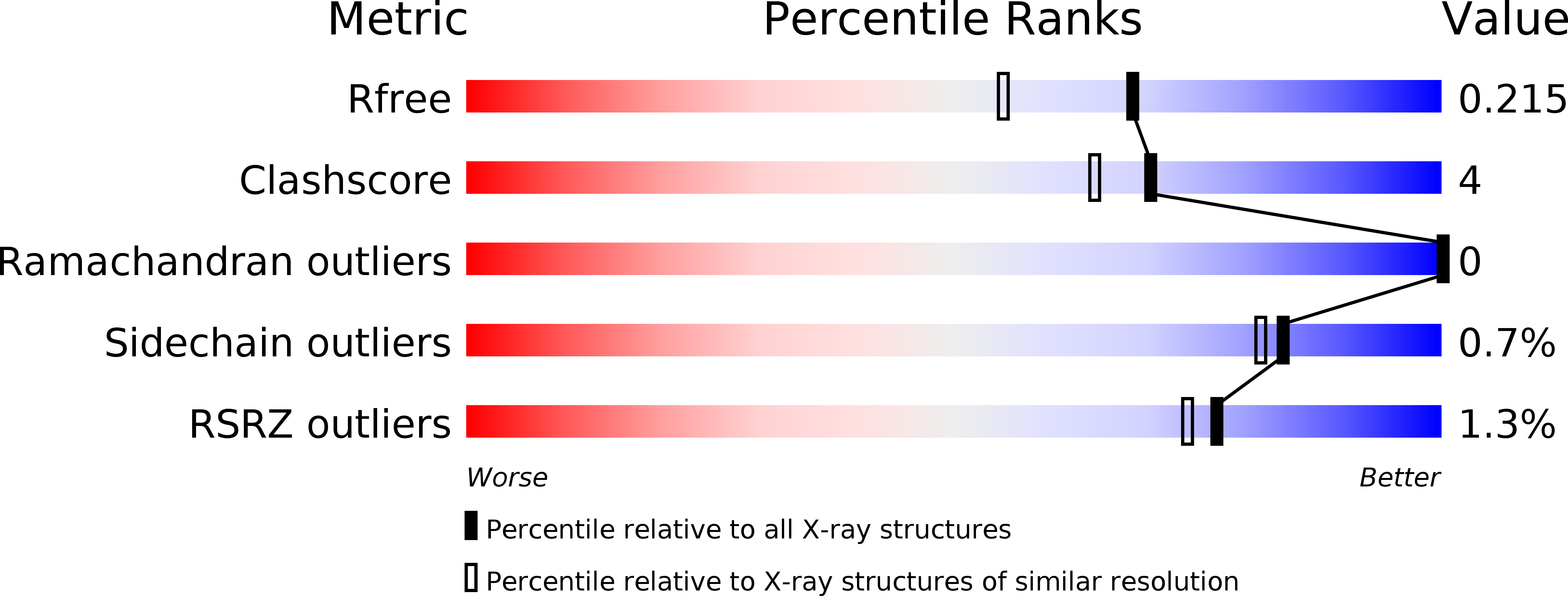
Deposition Date
2009-10-01
Release Date
2010-05-12
Last Version Date
2023-12-20
Entry Detail
PDB ID:
2WUA
Keywords:
Title:
Structure of the peroxisomal 3-ketoacyl-CoA thiolase from Sunflower
Biological Source:
Source Organism:
HELIANTHUS ANNUUS (Taxon ID: 4232)
Host Organism:
Method Details:
Experimental Method:
Resolution:
1.80 Å
R-Value Free:
0.21
R-Value Work:
0.18
R-Value Observed:
0.18
Space Group:
P 21 21 21


